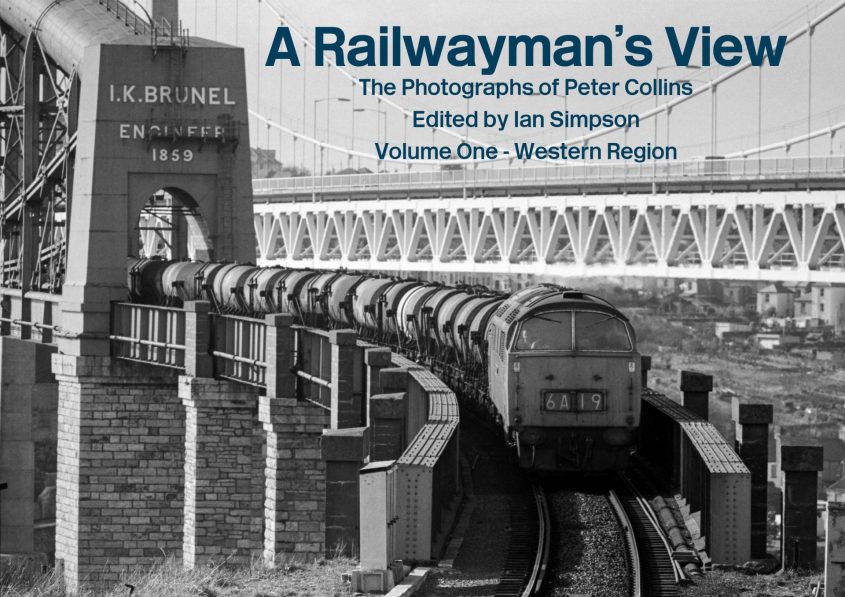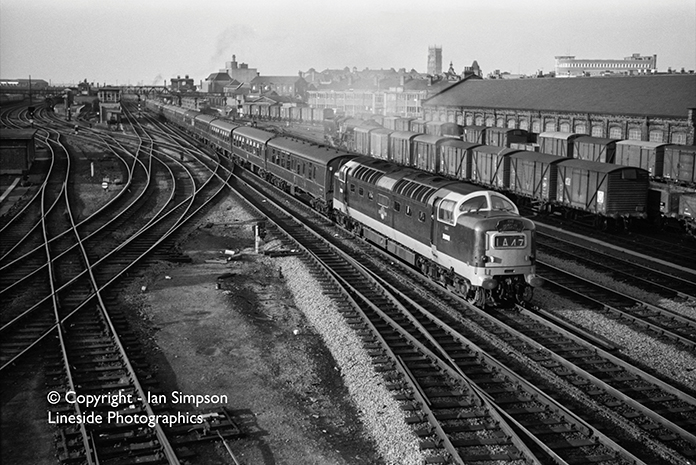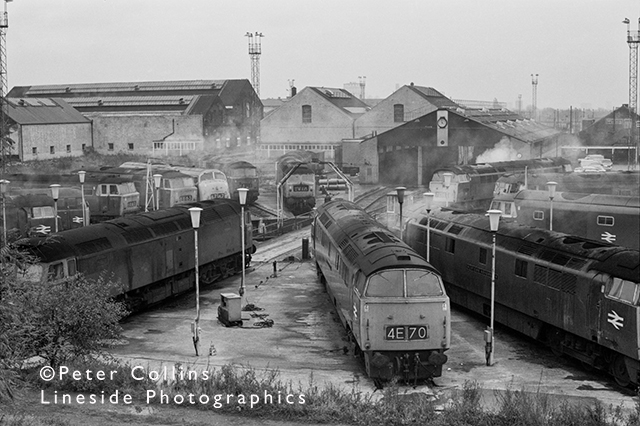
Now available from www.ellybellypublications.co.uk is the latest book in the Railwayman’s View series of books. It is the first of four volumes of photographs taken by ex-railwayman Peter Collins. Peter’s experience in railway operations included time spent at Liverpool Street and Paddington, and this first book covers the Western Region. Taken mainly in the 1970s and 1980s, this collection of over 150 images covers a wide area, from London to Penzance, Wales and most places in-between. Peter’s eye for a photograph means we are treated to something a little different from the normal “record” shot, with the British Rail run-down in the 1970s shown in all its gory detail.
The eBook is available to buy now at our website. The book costs £20.00 and is available in ePub 3.0 and PDF format (on request). All purchasers of the eBook will receive a voucher for £15.00 redeemable against the printed version when it is available.
All photos in the book are available to buy separately, either directly from the book or via the website.
Railway Modellers will find inspiration from the varied photographs, whether they show typical formations of passenger and freight trains, or details of stations and locomotive depots in the 1970s. All the photographs are of a high resolution, so zooming in to reveal details is easy. As BR ran down the Diesel Hydraulic fleet of Westerns and Hymeks they were allowed to take on a film of grime that at times beggars belief!
If you recognise yourself on any of the photographs then contact us at enquires@ellybellypublications.co.uk and we will send you a print of the photograph!
This is the first of four volumes covering the major regions of British Rail. Volume Two will feature the Midland Region, with the Eastern and Southern Regions following on.






